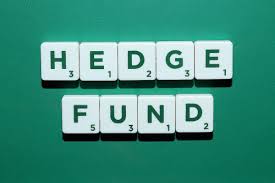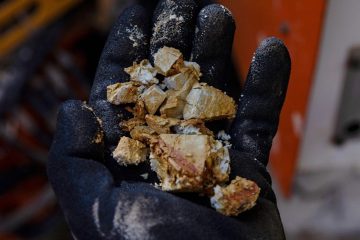How Sears Ruined Its CEO Eddie Lampert’s Hedge Fund

As if in sympathy with his dying retail giant, Sears CEO Eddie Lampert’s hedge fund has sunk perfectly in line with Sears’ own decline.
While shares of Sears (shld) fell nearly 55% in 2016 amid bankruptcy rumors, the assets in Lampert’s 29-year-old fund ESL Investments have dwindled a matching 55% in the same period.
Sears, making up about a third of Lampert’s portfolio, was a major contributor to the the hedge fund’s shrink, but investors have also abandoned the fund recently, taking their money with them. By the end of 2016, Lampert’s fund held a mere $ 653 million—a sizable decline of 94% from the $ 16.5 billion it once managed at Sears’ peak in 2007, according to securities filings.
Lampert’s turnaround plan for Sears has so far not only failed to bring the struggling retailer back to health, but it has also been a personal disaster for the investor’s net worth. Lampert’s fund held $ 3.8 billion when he became CEO at the beginning of 2013, but those assets have dropped 84% since then, a Fortune analysis found—even greater than Sears’ 74% drop in the same period.
Wilson’s stake in Sears, along with Sears Canada, once worth billions of dollars, is now valued at just $ 285 million.
At least part of the reason Lampert’s losses outpaced those of Sears’ was due to the hedge funder significantly paring down stakes in his two other major holdings, AutoNation (an) and Gap (gps). Neither or those stocks have done well since 2013, with Gap down 39% by the end of 2016, and AutoNation down 3.3%. The flagging performance has also prompted Lampert’s shareholders to pull their money out of the fund, according to the New York Times.
This was not how Lampert, who has sworn his resolve to save Sears, envisioned how his investment would play out. Lampert had become a majority Sears stakeholder in 2004, and later helped engineer the company’s merger with Kmart in early 2005. By the time the merger had been completed, Lampert’s stake in Sears was worth $ 8.6 billion, amounting to a massive 72% of his portfolio. And that wasn’t the end of its glory days. By early 2007, those same shares had grown 29% in value to $ 11.1 billion—or 67% of his portfolio at the time.
But when the financial recession hit Sears, as it did with other retailers, Lampert’s own fund suffered heavily. And now, the investor and CEO appears to be losing faith in the idea of ever making his money back: Sears acknowledged last week that “substantial doubt exists” in its “ability to continue as a going concern.”










